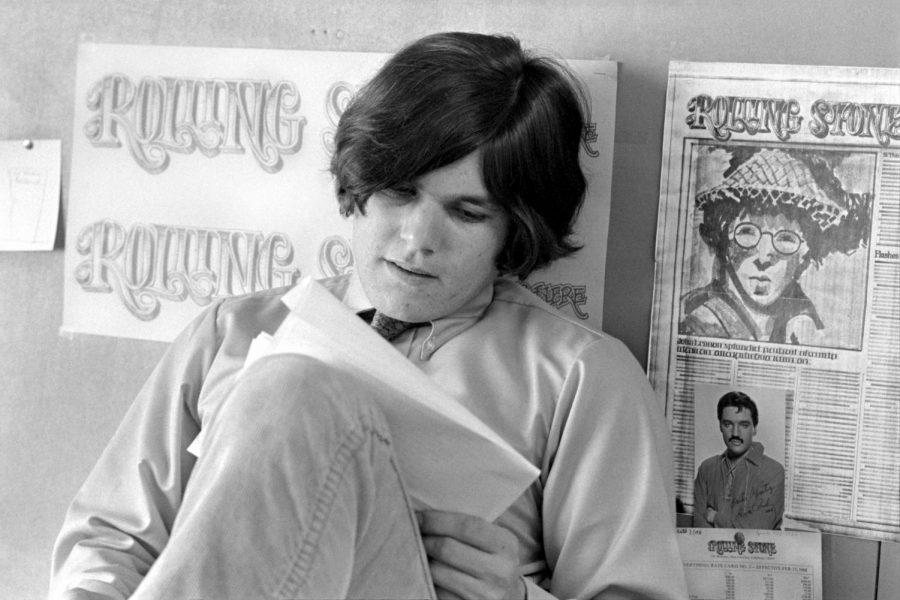New Documentary Proves Rolling Stone Magazine Is More Than Rock ‘n’ Roll
HBO new TV series “Rolling Stone: Stories From the Edge” looks back at 50 years of the pop culture magazine.
November 7, 2017
Rolling Stone magazine’s influence on American culture is unparalleled; anywhere from film to music, it has been an essential platform for artists and fanatics alike for the last 50 years. Directed by Oscar winner Alex Gibney and Emmy winner Blair Foster, the film “Rolling Stone: Stories From the Edge” chronicles the magazine’s extensive and fascinating history in a four-hour, two-part documentary. It does an astounding job of balancing performance footage from artists like John Lennon, Bruce Springsteen and Chance The Rapper, while also intertwining interviews and clippings of articles from the magazine. Not only does “Stories From the Edge” highlight how Rolling Stone jumpstarted many artists’ careers, but it also shows how the magazine evolved from being a mouthpiece for a countercultural rock ‘n’ roll movement to a well-established political and pop culture publication.
“Part I” focuses on the magazine’s origin in San Francisco in 1967 and includes interviews with co-founder Jann Wenner, who is still the magazine’s publisher, and music critic Ralph J. Gleason, who passed away in 1975. Rolling Stone’s development into a bigger operation that eventually expanded to New York is shown through interspersed segments on famous stories published during its formative years. By far one of the most compelling stories is about John Lennon and his wife Yoko Ono. The documentary revisits a now-famous nude photograph Lennon took with Ono, which was put on the cover of the magazine and stirred quite the controversy at the time. It also revisits Lennon’s involvement in the peace movement during the Vietnam War, which received little to no exposure from other media outlets.
“Part II” changes tones by narrowing in on articles that strayed away from the typical music pieces. The documentary discusses fascinating Rolling Stone articles on televangelist Jimmy Lee Swaggart, the cousin of rock ‘n’ roll pioneer Jerry Lee Lewis, and the downfall of country music star Mickey Gilley. The end of “Part II” points out some of the major flaws with the magazine by showcasing its ultimate misstep: the now-discredited story about a rape on the University of Virginia campus. There was a huge uproar about the magazine’s inaccurate article that proved damaging to the progress being made to give a voice to rape victims. Rolling Stone’s reputation took a substantial hit, undermining many years of its brilliant work.
“Rolling Stone: Stories From the Edge” does give a taste of rock culture to those yearning to learn more about it, but mostly focuses on the changing popular culture covered over the magazine’s 50-year history. The stories discussed vary from the captivating pieces on Lennon and former United States President Bill Clinton to material that is not necessarily boring, but is certainly less intriguing in the scope of its four-hour runtime. The documentary’s length should not be a deterrent — certain parts will breeze by while others will seem to drag on endlessly. Ultimately, the documentary presents a finely constructed history of Rolling Stone, doing an extraordinary job of depicting the obstacles that the magazine has faced while nonetheless celebrating its immense cultural significance.
“Rolling Stone: Stories From the Edge” premieres in two parts on HBO on Nov. 6 and Nov. 7.
Email Jonathan Silverman at [email protected].


























































































































































